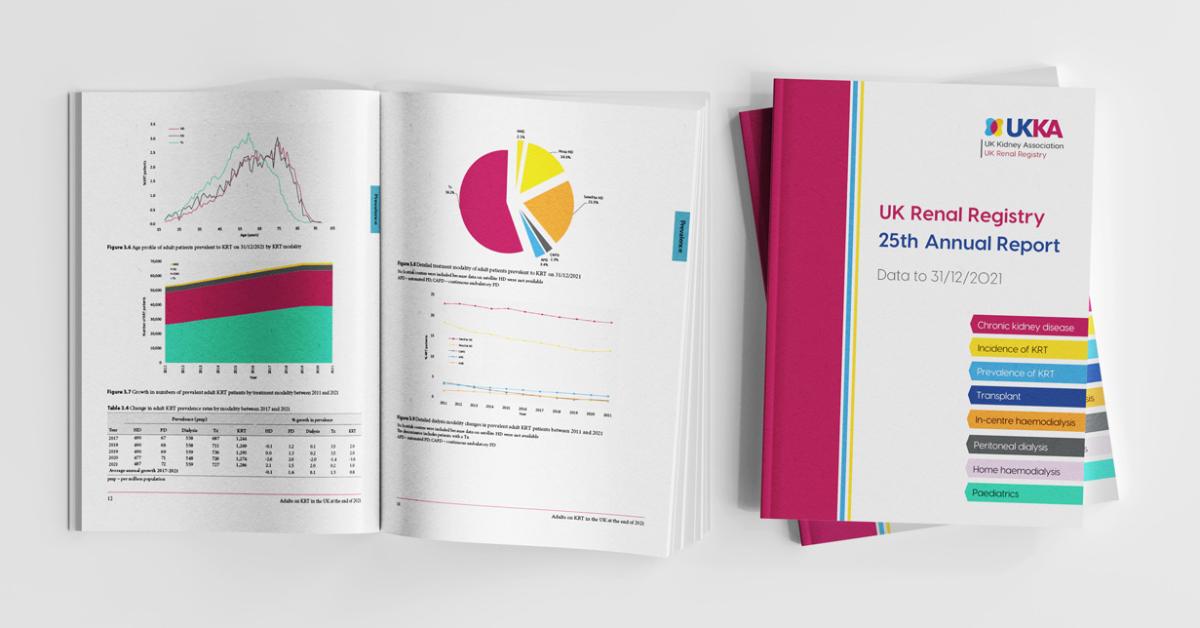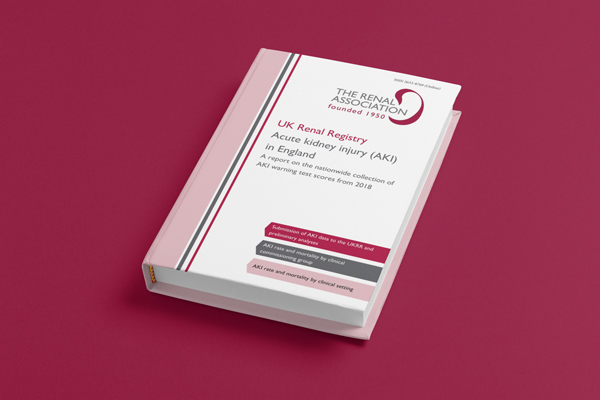What is already known about this topic and why is it important?
Over the past seven decades, the number of patients receiving renal replacement therapy (RRT) for end-stage kidney disease has grown rapidly. RRT is increasingly used for older patients, and patients with diabetes or high blood pressure. Trends in RRT use between 1998 and 2011 have shown rates stabilizing in some countries, and declining in others. Moreover, these changing trends varied by age group. It is important to provide an update on these trends, to study whether the stabilizing and decline seen in some countries has continued and is now also found elsewhere.
For health care practitioners, policymakers, and researchers, it is important to know how many people are receiving RRT, and how many new patients start treatment each year. Studying the long term trends in the use of RRT and survival after starting RRT will also inform projections for the future.
How will you carry out your study?
We will study the trends in the number of new cases of RRT each year, the number of patients receiving RRT in total, and the survival of patients after starting RRT.
How will you decide which patients are included in your study?
Every patient that receives RRT in one of the included countries/regions during the study period (2007-2016) will be included. Patients who indicated that their data shouldn’t be used for research will be excluded.
How many patients do you anticipate including?
We will study trends over a decade in many countries, and therefore must include many patients. We estimate to include around 220,000 patients from the ERA-EDTA registry in total, including around 62,500 UKRR patients.
For how long will you follow up these patients?
Data will be included from the start of RRT till death occurs or the study ends (31 December 2016).
What new information will your study generate and how will this benefit patients?
By providing an up-to-date overview of trends in the incidence, prevalence, and outcomes of RRT in Europe between 2007 and 2016, this study could aid in making more accurate projections of the future burden of RRT in Europe. This is important for resource allocation. Moreover, highlighting the recent developments in RRT trends can help guide researchers and funding agencies to prioritize future research into specific areas, such as subgroups of the population at increased risk.



